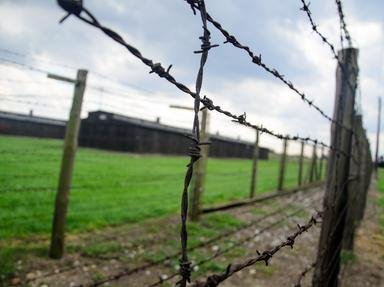Quiz Answer Key and Fun Facts
1. What, in particular, led to a sudden scramble among German Jews in late 1938 and in 1939 to leave Germany?
2. Ever since 1933 all refugess had to pay for permission to leave Germany. From late 1938 onwards Jewish refugees had to pay an additional charge in order to get an exit visa. Were refugees allowed to take the rest of their money out of Germany?
3. Who owned the St Louis?
4. Who paid the fares?
5. Every refugee had a document issued by the Cuban government before they set off. Which of these best describes the document held by just over 97% of them?
6. When the St Louis reached Havana on 27 May 1939 it was forbidden to dock and had to anchor in the harbour. How many of the 937 passengers were allowed to land?
7. On 2 June 1939 the President of Cuba ordered the St Louis to leave Cuban waters. Where did the ship then go?
8. Goebbels, the German Minister of Propaganda, was asked about the plight of the refugees and the ship. What did he say publicly?
9. Ultimately, Britain agreed to accept 288 refugees. The remainder were accepted by three other European countries, each accepting about 200-220. Which were these three countries?
10. In 1976 a film based on the voyage was released. What is it called?
Source: Author
bloomsby
This quiz was reviewed by FunTrivia editor
gtho4 before going online.
Any errors found in FunTrivia content are routinely corrected through our feedback system.

